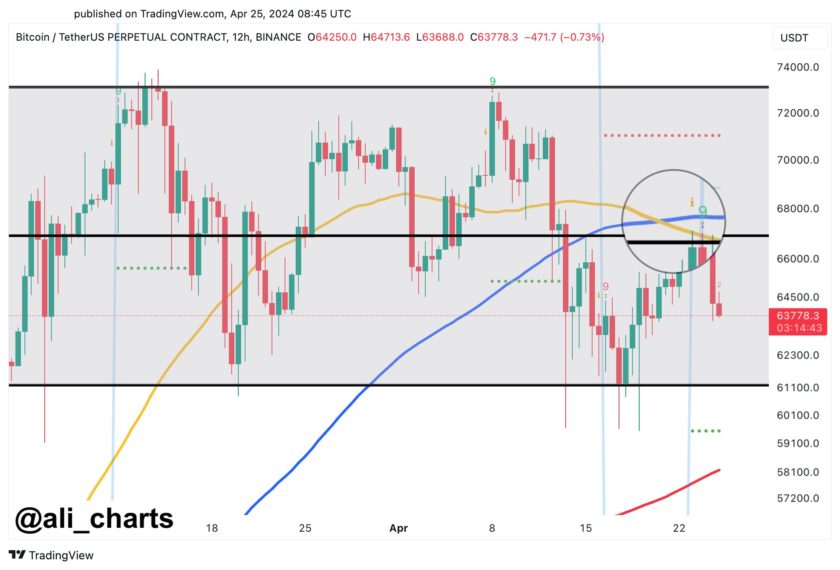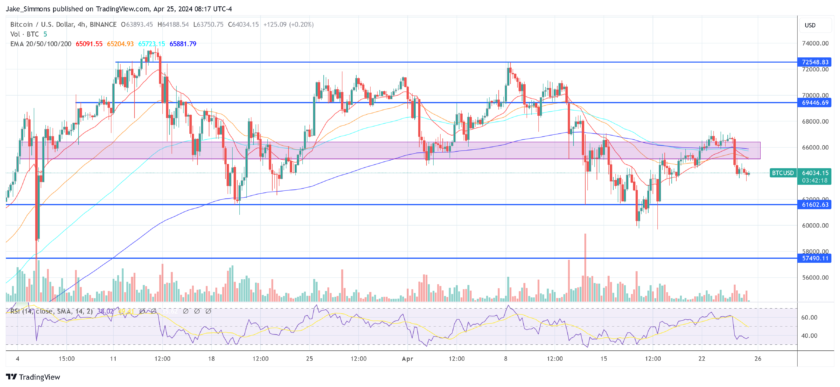- The major U.S. airlines have seen their stocks rise by double digits in under three weeks.
- Millennial investors on Robinhood now love American Airlines nearly as much as Tesla.
- The operating environment for carriers has improved slightly but not enough to justify an investment.
A modest improvement in passenger traffic has seen the major airline stocks stage a recovery from their May lows.
Since May 15, the stocks of the four largest U.S. airlines have all gone up by at least 25%. American Airlines (NASDAQ: AAL) has appreciated by around 25%, while Delta Air Lines (NYSE: DAL) has surged by about 37%.
Southwest Airlines (NYSE: LUV) has gone up by over 40%, while United Airlines Holdings (NASDAQ: UAL) has rallied by about 50%.
Retail investors pile on airline stocks
Retail interest in the four largest U.S. carriers has exploded on Robinhood, a commission-free investing app. The airlines are among the top-20 most popular stocks over the past month.
But don’t let that fool you–airlines face a turbulent future for at least three reasons.
1. Fierce competition is coming
Improving passenger traffic may signal hope for carriers, but it isn’t yet time to pop the champagne yet. Numbers are unlikely to return to pre-pandemic levels anytime soon.
To compete for the reduced number of flyers amid state reopenings, you can expect a significant price war.
Southwest Airlines CEO Gary Kelly has warned employees to brace for heightened competition:
We’ll compete hard for customers, understanding it will be a brutal, low-fare environment as there are far more airline seats, and there will be for some time, than there are customers.
2. Declining revenue per available seat mile
To observe physical distancing measures and make customers comfortable enough to fly, airlines have had to remove the middle seat, among other steps. Realistically, they can only operate at 70% capacity.
This is below the break-even load for most airlines, including the U.S. Big Four. American’s break-even load factor is 78.9%, United’s is 75.6%, while Delta’s is 74.2%, according to Florida Panhandle.
Southwest is the most efficient of the Big Four managing to break even at a load factor of 72.5%.
At 70% capacity, Southwest makes a loss of $782 when operating a 216 passenger aircraft on a 1,000-mile route. American books a loss of $3,519 under similar circumstances.
This means airlines would have to raise fares and cut costs drastically to break even while adhering to physical-distancing measures. The former is unlikely in the current environment.
There are also limits to the latter, with fuel-efficient planes such as the Boeing (NYSE: BA) Max jet grounded and the federal government’s bailout conditions prohibiting layoffs before September.
3. Rising oil prices
On average, fuel costs account for roughly a quarter of airline expenses. The demand-destruction in passenger traffic coincided with tumbling oil prices. But after the drastic fall, oil has staged a dramatic recovery.
West Texas Intermediate crashed into negative territory in April but has since rebounded above $36.
Had oil prices remained low, it would have been a relief to airlines in terms of operating expenses. This is not the case, though, as major oil producers are pushing for further cuts.
Russia and Saudi Arabia have already agreed to extend output cuts by one month. The two countries had earlier settled on reducing total global output by 10% or nearly 10 million barrels per day. With such cuts, it is a foregone conclusion that oil prices will keep climbing.
Disclaimer: This article represents the author’s opinion and should not be considered investment or trading advice from CCN.com. Unless otherwise noted, the author has no position in any of the stocks mentioned.
This article was edited by Sam Bourgi.
Last modified: June 7, 2020 6:47 PM UTC




